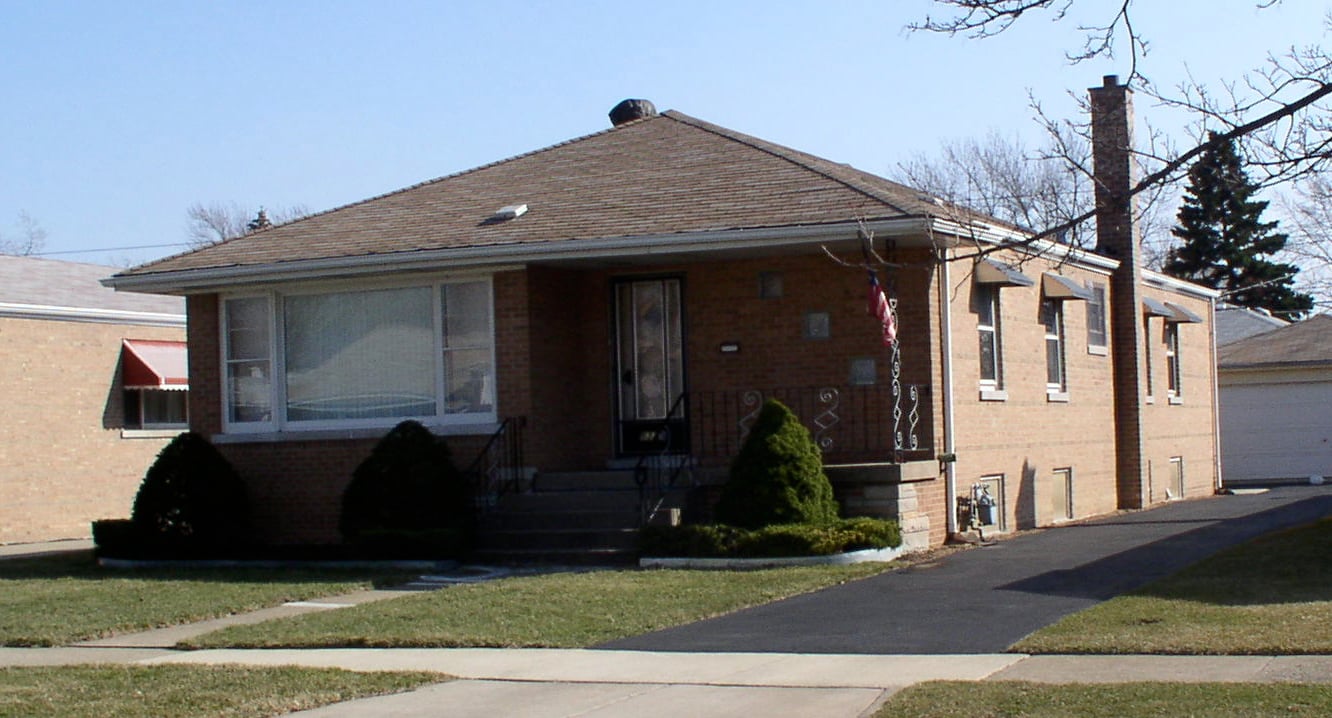- Understand the key features that define a hip roof and how it compares to other roofing styles.
- Discover tips for framing your roof for structural stability and long-term durability.
- Learn about assessing a hip roof’s potential drawbacks and how to navigate them with expert guidance.
When you’re evaluating roof designs for your home or business, style and structural integrity both matter. This classic roofing style is popular for its clean lines, excellent durability, and enhanced resistance to wind and weather. But what makes it unique—and is it the right choice for your next roofing project?
Let’s break down everything you need to know, including how it’s built, the pros and cons, and popular variations worth considering.
What Is a Hip Roof?
A hip roof—also known as a “hipped roof”—features all sides sloping downward toward the walls, usually at a gentle angle. Unlike gable roofs that have flat vertical ends, a hip roof slopes on every side and typically forms a ridge or peak at the top.
This symmetrical design provides several practical benefits. Its sloped sides are highly effective for shedding water and snow, reducing buildup and long-term wear. It’s also known for exceptional wind resistance, making it especially valuable in regions prone to hurricanes or strong storms.
Framing Your Roof for Structural Stability
One of the major strengths of this style lies in its construction. The sloping design of a hip roof naturally reinforces the structure, distributing weight evenly along all walls. This reduces stress on any one part of the home and increases overall stability.
Framing this type of roof requires careful planning and more labor than simpler roof structures. The framework typically includes hip rafters, jack rafters, and ridge boards. While more complex, this design contributes to a longer-lasting, highly durable roofing system that stands up well over time.
Assessing a Hip Roof’s Potential Drawbacks
Despite the many benefits, there are a few considerations to keep in mind before choosing this roof style. For one, construction and labor costs tend to be higher due to the complexity of the design. This can make hip roofs more expensive than simpler alternatives like gable roofs.
The structure also presents challenges when it comes to attic space or ventilation. The inward slope can limit usable attic room and sometimes requires more careful planning for insulation and airflow. Additionally, the increased number of seams and ridges can make the roof more susceptible to potential leaks—though this is often preventable with expert installation and regular maintenance.
Exploring Variations of Hip Roofs
Hip roofs are versatile and adaptable to many architectural styles. Several design variations offer different advantages in both appearance and function:
- Simple hip roof – A traditional four-sided design where all sides slope down to the walls.
- Cross hip roof – Formed by the intersection of two hip roof sections, often used on homes with L- or T-shaped layouts.
- Dutch gable roof – Combines a gable at the top of a hip roof for added vertical space and ventilation.
- Pyramid hip roof – Typically used on square structures, with all sides meeting at a single central peak.
Each variation enhances the core strengths of the hip roof while allowing homeowners to achieve a specific visual or spatial effect. Whether you’re aiming for a sleek and simple design or a more elaborate architectural statement, there’s likely a hip roof style that fits.
Ready to Build or Upgrade Your Roof?
Choosing the right roof for your home involves more than just looks. Understanding how different designs perform over time, how they’re built, and how they adapt to your climate makes all the difference.
If you’re considering a hip roof for your next project, the experienced team at Jack C Wilson Roofing is here to help. With a deep understanding of structure, aesthetics, and regional demands, they can guide you through the design, installation, and maintenance process with confidence.
Strong. Reliable. Local. Jack C. Wilson Roofing delivers the quality your home deserves! Contact us today!


